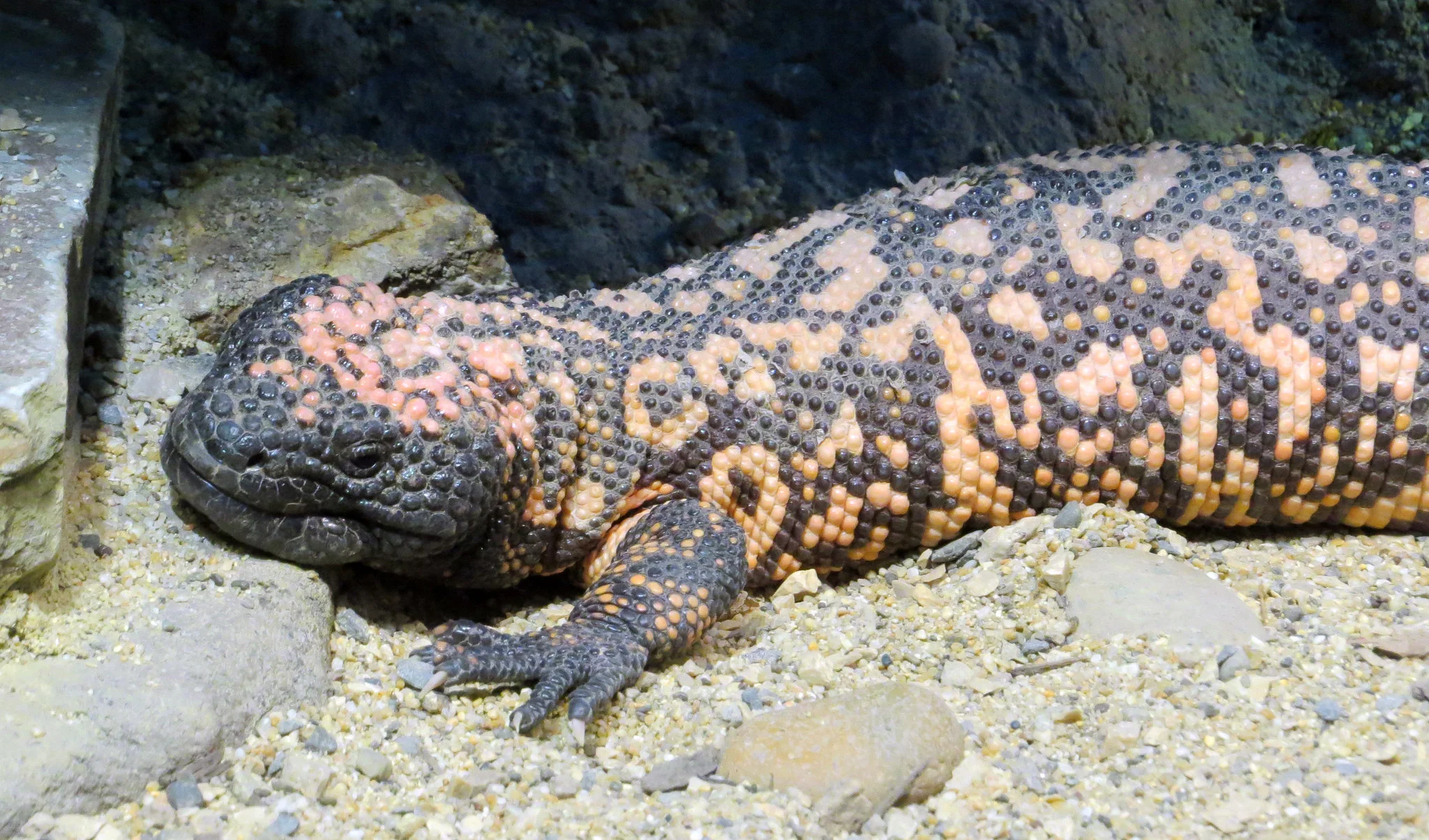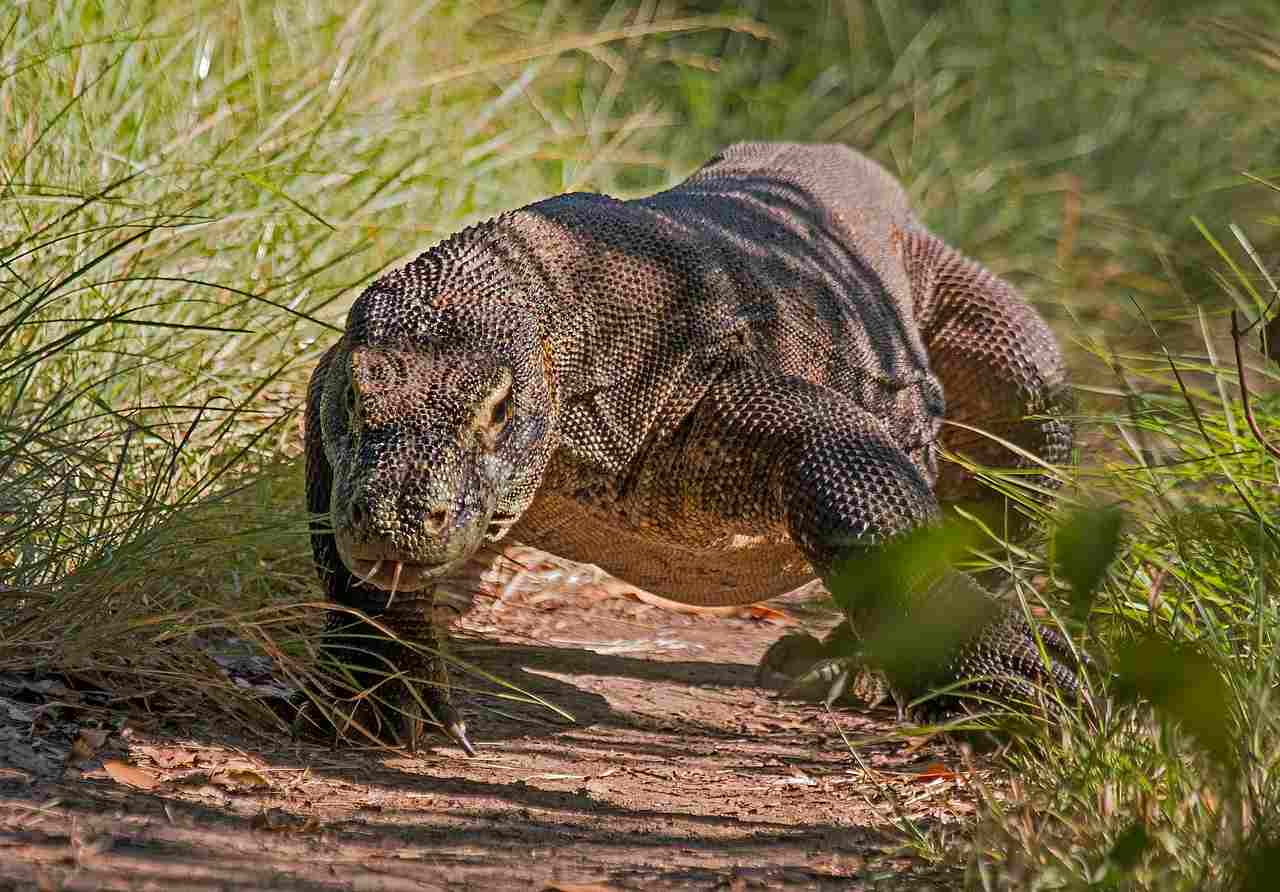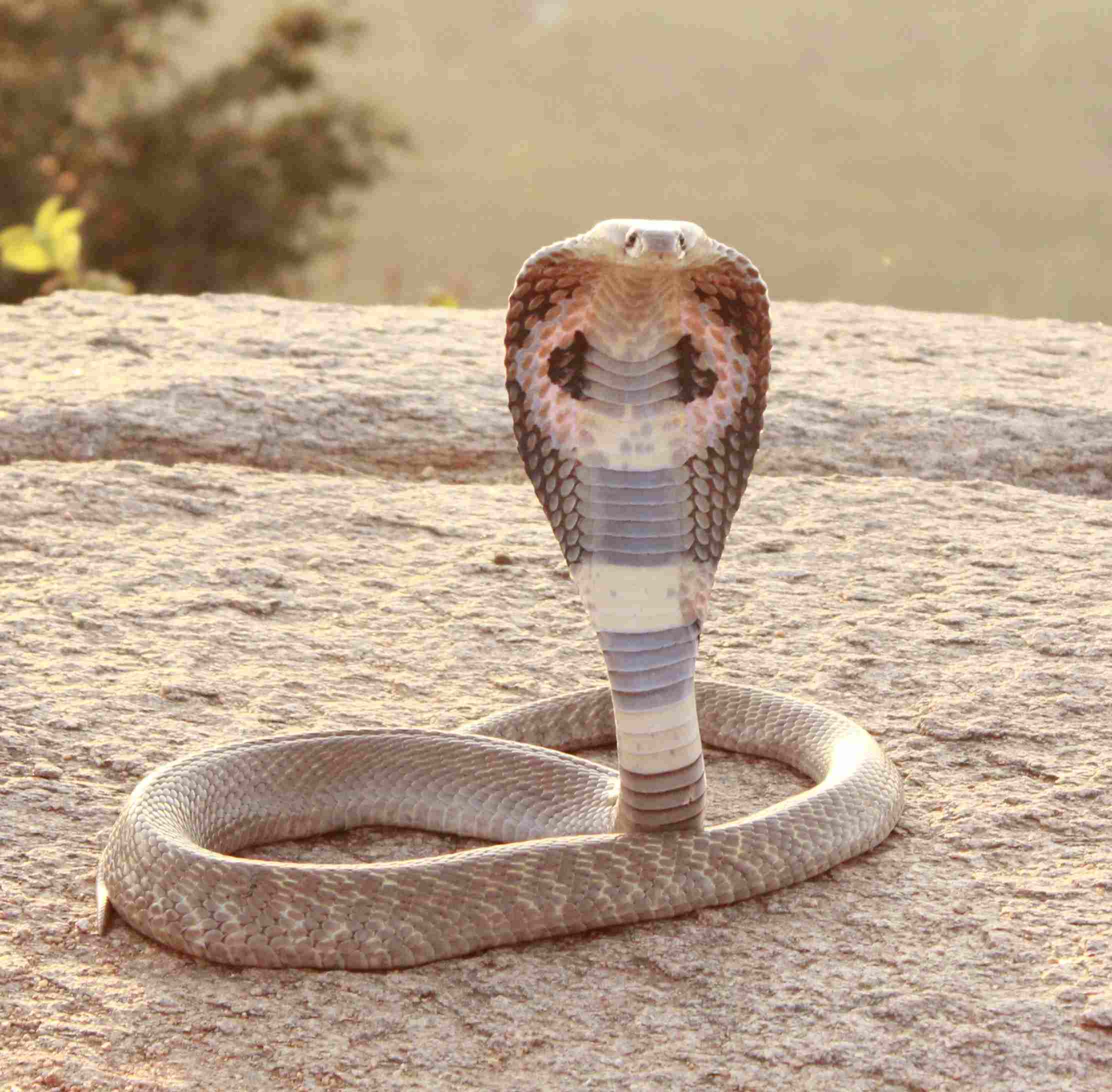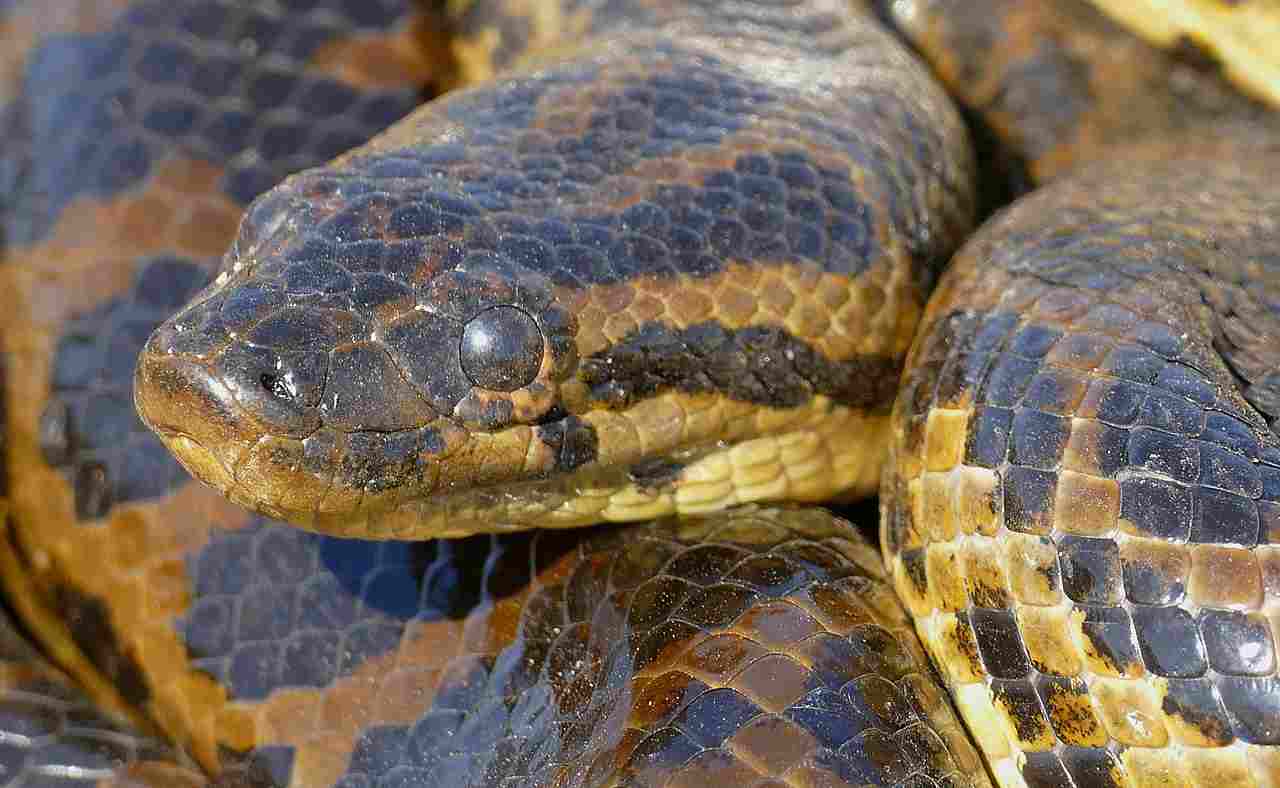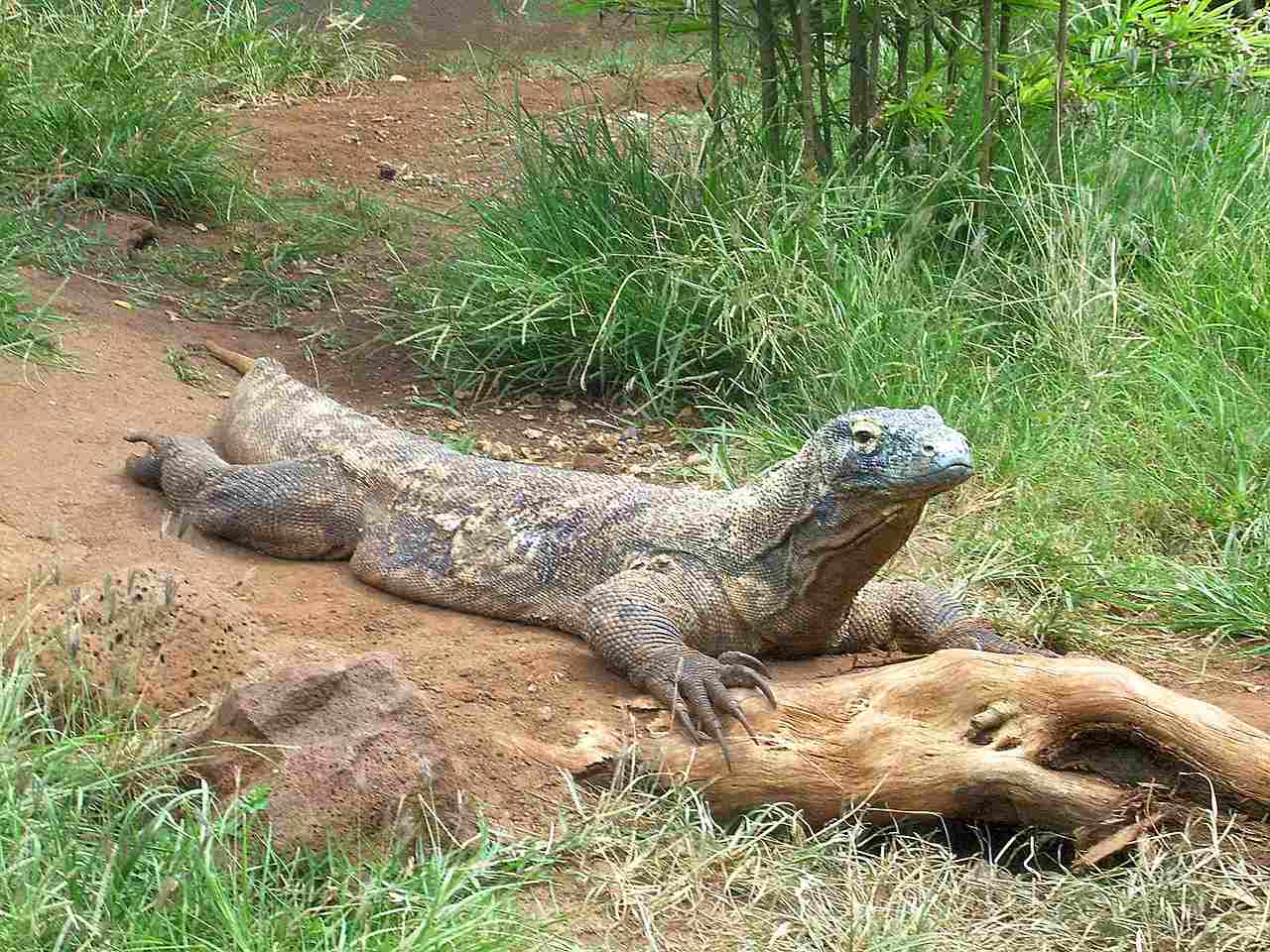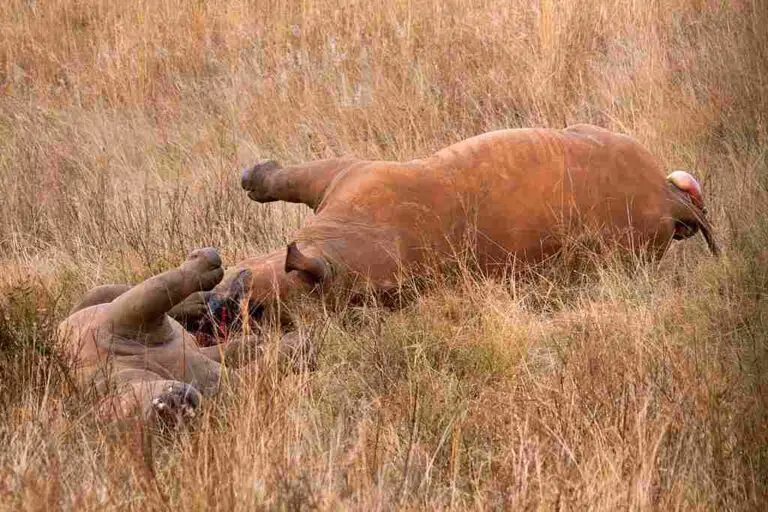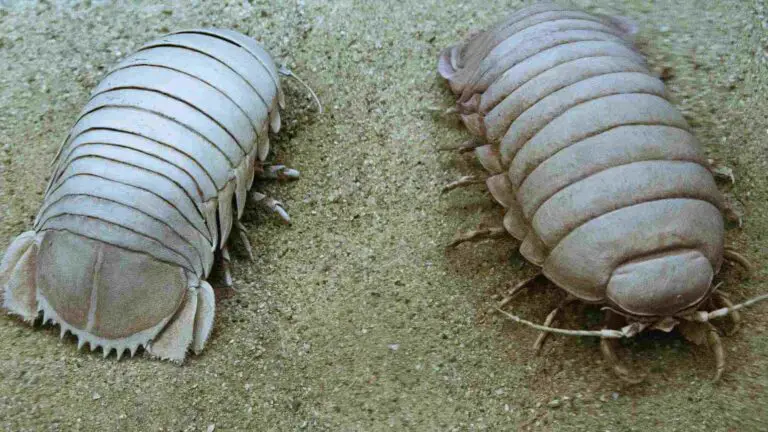Alligator Vs Komodo Dragon Size, Weight, Overall Comparison
In an imagined confrontation between an alligator and a Komodo dragon, two reptiles with distinct taxonomic and physiological differences, we explore the potential dynamics of this scenario. While both belong to different reptilian families, they share similarities as formidable predators. This analysis aims to highlight these distinctions and assert that, in a fight, an alligator would likely emerge victorious against a Komodo dragon due to its significantly larger size, greater weight, increased power, and substantially stronger bite force. The Komodo dragon’s advantage lies in its faster pace on land.
Alligator vs Komodo Dragon: Assessing the Likely Victor in a Confrontation
In a theoretical scenario involving an alligator and a Komodo dragon, two reptiles from different families, the outcome of a fight is shaped by their taxonomic and physiological differences. While the Komodo dragon possesses certain advantages, the overall dynamics lean in favor of the alligator due to its formidable size, weight, power, and immense bite force.
I). Taxonomic and Physiological Differences/Similarities:
– Alligators belong to the order Crocodylia, while Komodo dragons are classified under the family Varanidae. Despite these taxonomic differences, both are apex predators, showcasing adaptability and predatory prowess.
II). Size, Weight, and Power Disparities:
– Alligators are significantly larger and heavier than Komodo dragons, which gives them a considerable advantage in terms of power and physical dominance. The robust build of alligators contributes to their effectiveness as predators.
III). Bite Force and Jaw Size:
– Alligators possess a bite force several times stronger than that of Komodo dragons. Additionally, their larger jaws provide a potent weapon in confrontations. This significant difference in bite force and jaw size enhances the alligator’s predatory capabilities.
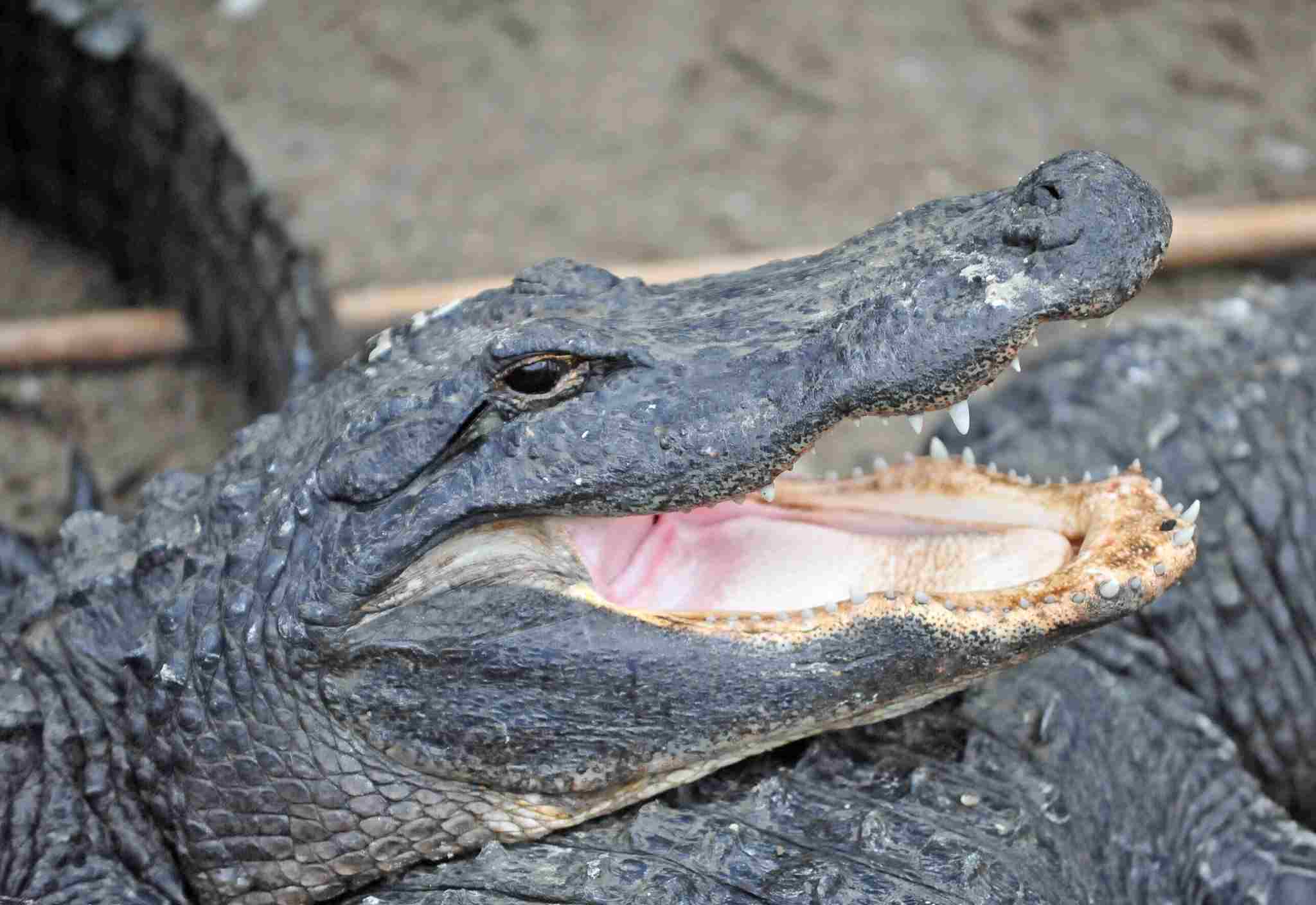
IV). Komodo Dragon’s Faster Pace on Land:
– The Komodo dragon’s primary advantage lies in its faster pace on land. While not as swift as some other terrestrial predators, the Komodo dragon’s mobility on land is noteworthy and serves as a defensive advantage.
V). Overall Dynamics:
– In this hypothetical scenario, an alligator is likely to emerge as the victor in a fight against a Komodo dragon due to its significantly larger size, greater weight, increased power, and substantially stronger bite force. While the Komodo dragon may exhibit faster movement on land, the overall dynamics favor the alligator in this hypothetical confrontation between these formidable reptilian predators.
*Details of Comparison
| Criteria | Alligator | Komodo Dragon |
| Taxonomy | Order Crocodylia, Family Alligatoridae |
Order Squamata, Family Varanidae
|
| Appearance | Broad snout, visible teeth, armored skin |
Elongated snout, serrated teeth, scaly skin
|
| Size | 9 to 15 feet | Up to 10 feet |
| Weight | 800 to 1,000 pounds |
Up to 200 pounds
|
| Bite Force (PSI) | Around 2,125 PSI |
Approximately 600 PSI
|
| Physical Offensive Adv. | Powerful jaws, ambush strategy |
Agile movements, venomous bite
|
| Physical Defensive Adv. | Armored skin, water retreat |
Claws, agility, climbing
|
| Speed | Up to 20 mph (land and water) |
Approximately 12 mph
|
| Agility | Moderate, especially in water |
High agility on land
|
| Overall Physical Cap. | Aquatic adaptation, strong bite |
Terrestrial versatility, agility, venom
|
| Habitat Preference(s) | Freshwater habitats |
Tropical forests, savannas
|
| Tracks | Webbed footprints |
Clawed tracks like other monitor lizards
|
| Lifespan | 30 to 50 years | 20 to 30 years |
| Mode of Feeding | Ambush predator |
Active hunter, venomous bite
|
| Intelligence | Basic problem-solving |
Complex problem-solving
|
| Social Behavior | Primarily solitary, occasional cooperation |
Primarily solitary, occasional cooperation
|
| Mode of Reproduction | Oviparous, females engage in nest-building |
Oviparous, females engage in nest-building
|
| Parental Behavior | Female guards nest, assists hatchlings |
Limited parental care
|
| Proximity to Human Areas | Can be near human settlements |
Primarily on specific islands
|
| Behavior Toward Humans | Generally avoids, may become aggressive |
Generally avoids, may become aggressive
|
| Danger Posed to Humans | Rare attacks, often defensive |
Rare attacks, often defensive
|
| Precautions |
Similar precautions for both species
|
|
| Conservation Status | American alligator: Least Concern |
Chinese alligator: Endangered
|
|
Komodo Dragon: Vulnerable
|
Key Points
- Alligators are larger, with a more robust build, while Komodo Dragons are sleeker and more agile.
- Alligators excel in aquatic environments, while Komodo Dragons exhibit versatility in terrestrial habitats.
- Alligators have a higher bite force, contributing to their ambush hunting strategy.
- Komodo Dragons rely on agility and a venomous bite for hunting and defense.
- Alligators display more active parental care compared to Komodo Dragons.
- Both species generally avoid humans but may become aggressive if threatened.
- Conservation status varies, with the American alligator being of Least Concern, Chinese alligator endangered, and Komodo Dragons vulnerable.
1. Taxonomy:
Alligator:
Kingdom: Animalia
Phylum: Chordata
Class: Reptilia
Order: Crocodylia
Family: Alligatoridae
Genus: Alligator
Species: A. mississippiensis (American alligator) and A. sinensis (Chinese alligator)
Komodo Dragon:
Kingdom: Animalia
Phylum: Chordata
Class: Reptilia
Order: Squamata
Family: Varanidae
Genus: Varanus
Species: V. komodoensis
2. Appearance:
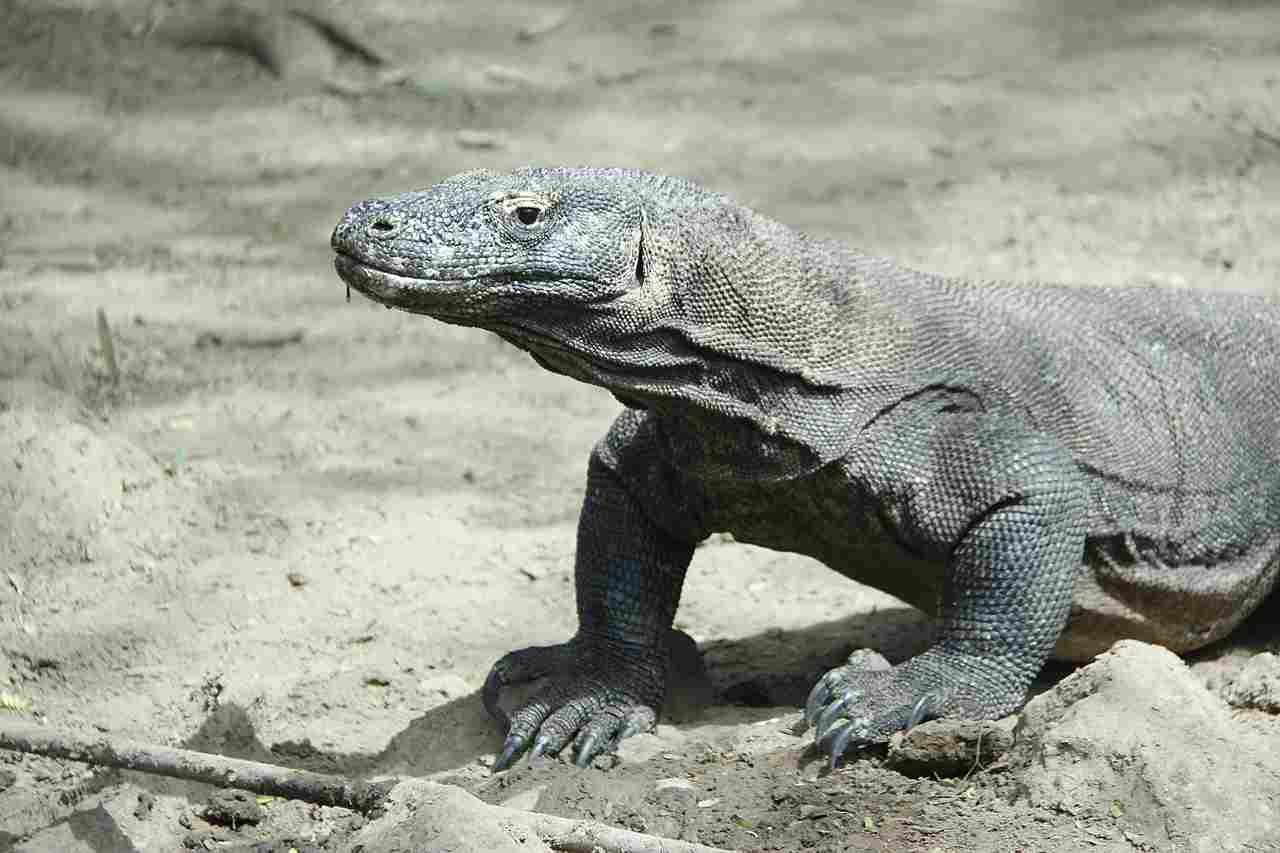
Alligator:
Broad, rounded snout
Upright, visible teeth
Dark-colored, armored skin with bony plates
Komodo Dragon:
Elongated, pointed snout
Sharp, serrated teeth
Rough, scaly skin with color variations
Comparison: Alligators have a more compact, heavily-armored appearance, while Komodo Dragons display a sleeker, elongated profile with distinct skin patterns.
Ecological Implications: The alligator’s appearance aids in aquatic life, providing camouflage and protection. Komodo Dragons’ streamlined design enhances their agility for both terrestrial movement and ambushing prey.
3. Size:
Alligator:
Length: 9 to 15 feet (2.7 to 4.6 meters)
Komodo Dragon:
Length: Up to 10 feet (3 meters)
Comparison: Alligators are generally larger than Komodo Dragons, with some exceeding 15 feet in length.
Ecological Implications: Larger size in alligators contributes to their role as apex predators, influencing ecosystem dynamics by regulating prey populations.
4. Weight:
Alligator:
Weight: 800 to 1,000 pounds (363 to 454 kilograms)
Komodo Dragon:
Weight: Up to 200 pounds (91 kilograms)
Comparison: Alligators are substantially heavier than Komodo Dragons, with four to five times the body mass.
Ecological Implications: Greater weight in alligators enhances their ability to dominate aquatic environments and efficiently capture prey.
5. Bite Force (PSI):
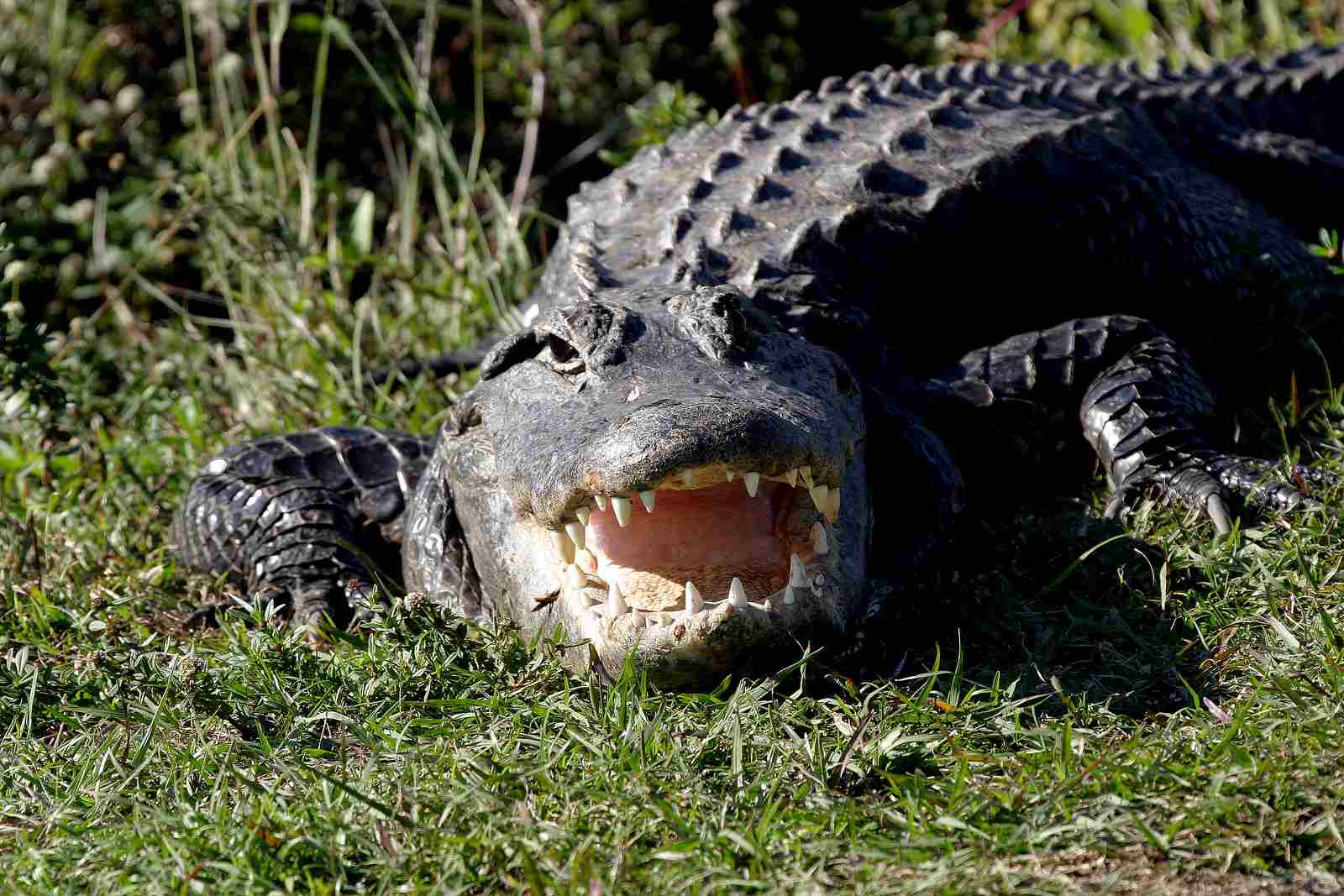
Alligator:
Bite Force: Around 2,125 PSI
Komodo Dragon:
Bite Force: Approximately 600 PSI
Comparison: Alligators exert a significantly stronger bite force compared to Komodo Dragons.
Ecological Implications: The powerful bite of alligators aids in capturing and immobilizing prey, contributing to their role as top predators in aquatic ecosystems. Komodo Dragons rely on their bite force for efficient prey handling.
6. Physical Offensive Advantages:
Alligator:
Powerful jaws and teeth for gripping prey
Ambush hunting strategy
Komodo Dragon:
Agile and quick movements for surprise attacks
Venomous bite for prey immobilization
Comparison: Alligators rely on sheer force and an ambush approach, while Komodo Dragons use agility and venom for offensive tactics.
Ecological Implications: Alligators’ offensive adaptations make them efficient predators in aquatic environments, while Komodo Dragons’ venomous bite aids in capturing a variety of prey on land.
7. Physical Defensive Advantages:
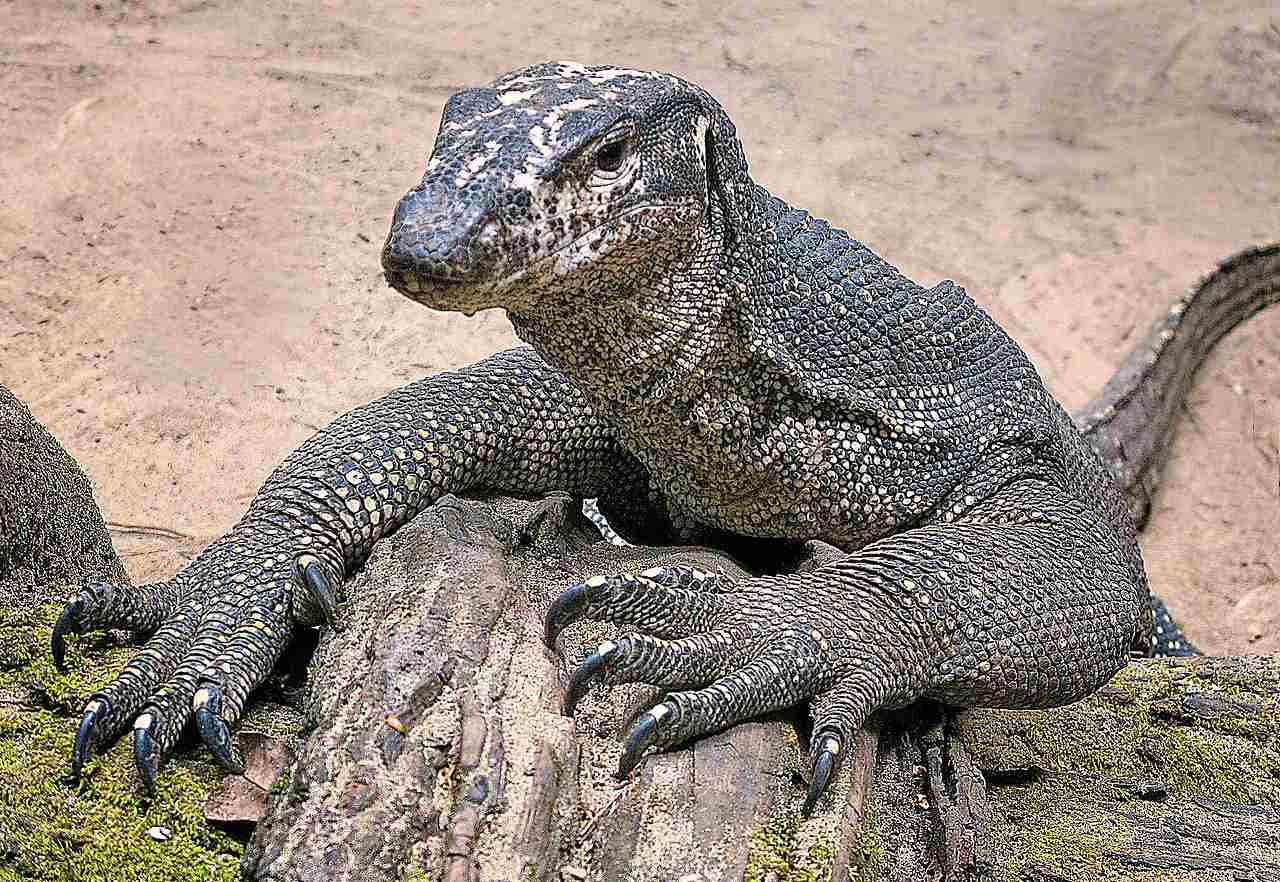
Alligator:
Tough, armored skin for protection
Quick retreat into water for safety
Komodo Dragon:
Sharp claws and tail for defense
Agile evasion and climbing abilities
Comparison: Alligators have robust, protective skin and water-based retreat mechanisms, while Komodo Dragons use agility and physical attributes for defense.
Ecological Implications: Alligators’ defensive features contribute to their survival against predators, while Komodo Dragons’ agility provides them with versatile defensive strategies.
8. Speed (Km/hour or Mile/hour):
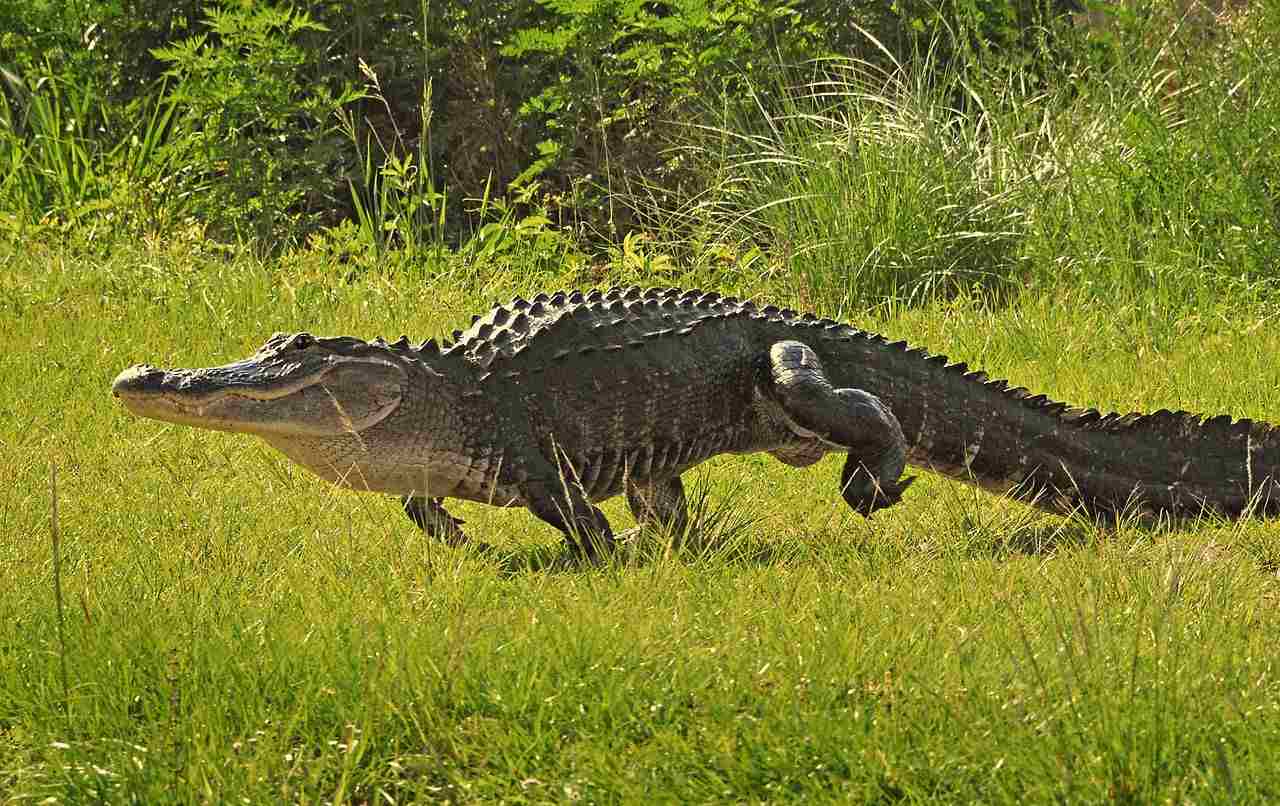
Alligator:
Land Speed: Up to 20 miles per hour (32 km/h)
Water Speed: Up to 20 miles per hour (32 km/h)
Komodo Dragon:
Speed: Approximately 12 miles per hour (19 km/h)
Comparison: Alligators exhibit similar speeds on land and in water, while Komodo Dragons are slightly slower.
Ecological Implications: Alligators’ speed contributes to their effectiveness in both terrestrial and aquatic environments, allowing them to pursue prey and escape threats.
9. Agility:
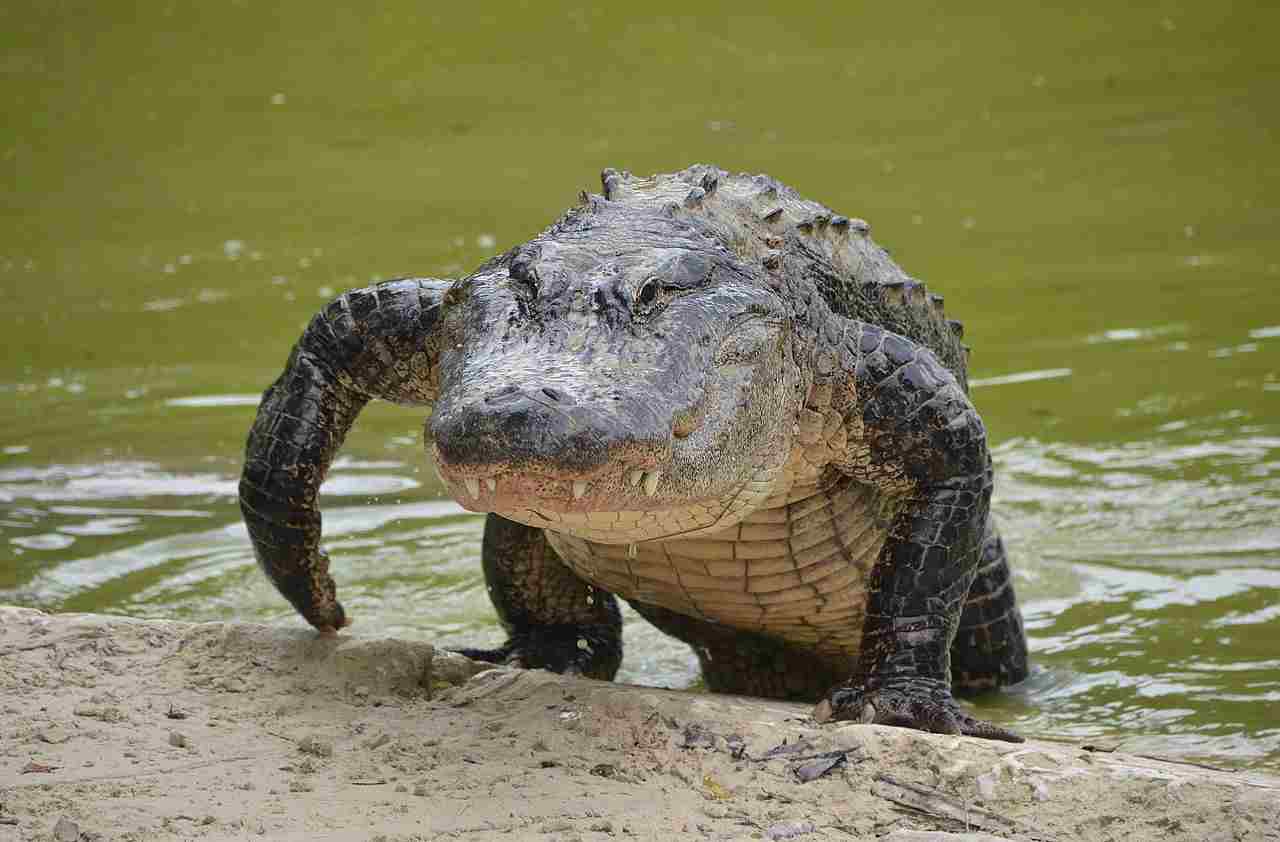
Alligator:
Moderate agility, especially in water
Komodo Dragon:
High agility on land, capable of climbing and swift maneuvers
Comparison: Komodo Dragons are generally more agile than alligators, particularly in terrestrial environments.
Ecological Implications: Komodo Dragons’ agility aids in hunting and navigating diverse terrains, while alligators leverage their agility for efficient aquatic movements.
10. Overall Physical Capacity:
Alligator:
Well-adapted for aquatic environments
Strong bite force and robust body for capturing prey
Komodo Dragon:
Versatile in terrestrial habitats
Agility and venomous bite for hunting
Comparison: Alligators excel in aquatic prowess, while Komodo Dragons exhibit adaptability in diverse terrestrial environments.
Ecological Implications: The overall physical capacity of both species contributes to their roles as apex predators in their respective ecosystems.
11. Habitat Preference(s):
Alligator:
Freshwater habitats, swamps, lakes, and rivers
Komodo Dragon:
Tropical forests, savannas, and grasslands
Comparison: Alligators predominantly inhabit freshwater environments, while Komodo Dragons favor a mix of tropical landscapes.
Ecological Implications: Habitat preferences influence the ecosystems they inhabit, shaping their interactions with other species.
12. Tracks
Alligator:
Distinctive clawed tracks, webbed footprints
Komodo Dragon:
Clawed tracks resembling those of other monitor lizards
Comparison: Alligator tracks are distinctive due to their webbed feet, while Komodo Dragon tracks share similarities with other monitor lizards.
Ecological Implications: Tracking signs aid researchers in studying the distribution and behavior of these species in their respective habitats.
13. Lifespan:
Alligator:
30 to 50 years
Komodo Dragon:
20 to 30 years
Comparison: Alligators generally have a longer lifespan than Komodo Dragons.
Ecological Implications: Lifespan influences population dynamics and ecological roles within their ecosystems.
14. Mode of Feeding:
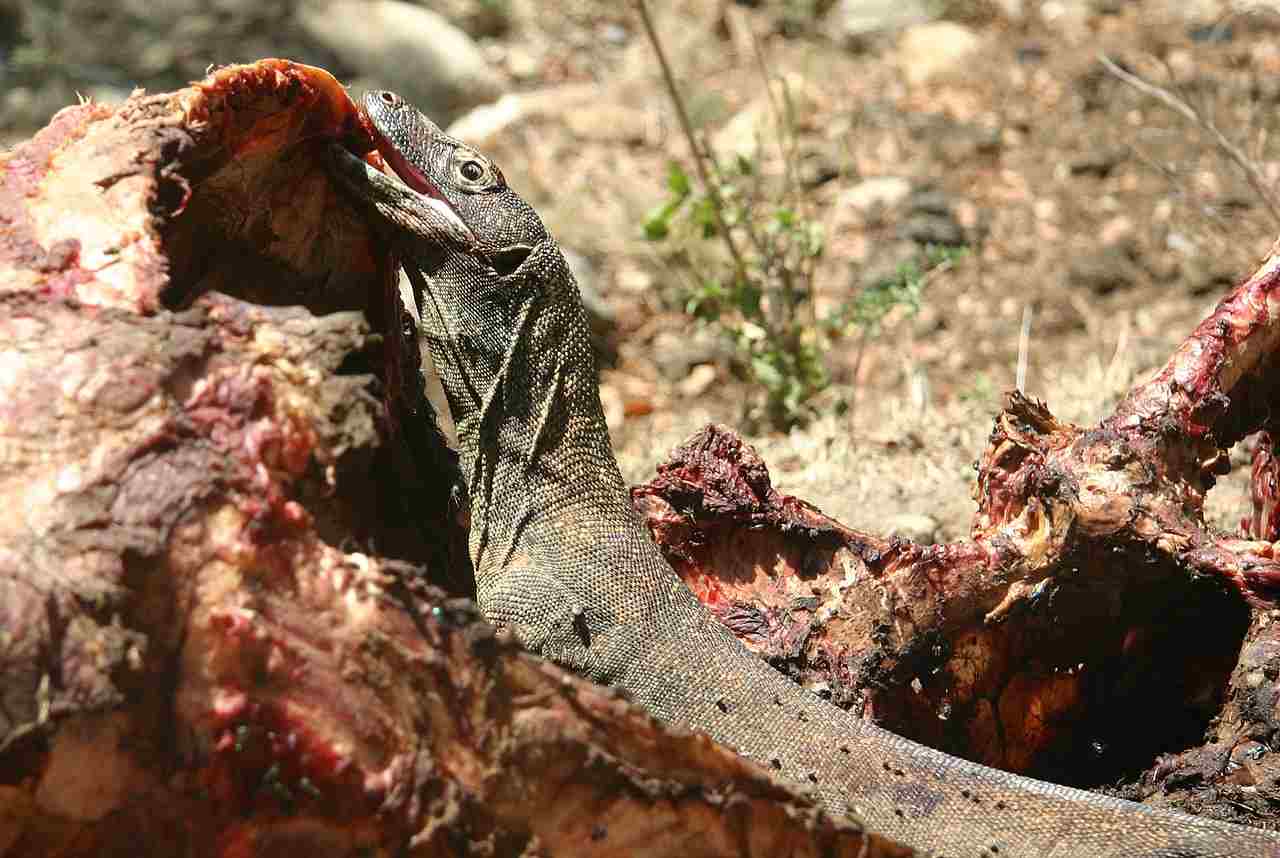
Alligator:
Ambush predator; waits for prey to approach
Grasps prey with powerful jaws and drags it underwater
Komodo Dragon:
Active hunter; uses stealth and speed to ambush prey
Venomous bite aids in prey immobilization
Comparison: Alligators employ a patient, ambush strategy, while Komodo Dragons actively pursue and ambush prey.
Ecological Implications: These distinct feeding modes contribute to their respective roles in shaping prey populations and maintaining ecosystem balance.
15. Intelligence:
Alligator:
Basic problem-solving abilities
Instinct-driven behavior
Komodo Dragon:
Demonstrates problem-solving skills
Exhibits complex hunting tactics
Comparison: Komodo Dragons show a higher level of intelligence, with problem-solving abilities surpassing those of alligators.
Ecological Implications: Varied levels of intelligence influence the adaptability and resource utilization strategies of these species in their ecosystems.
16. Social Behavior:
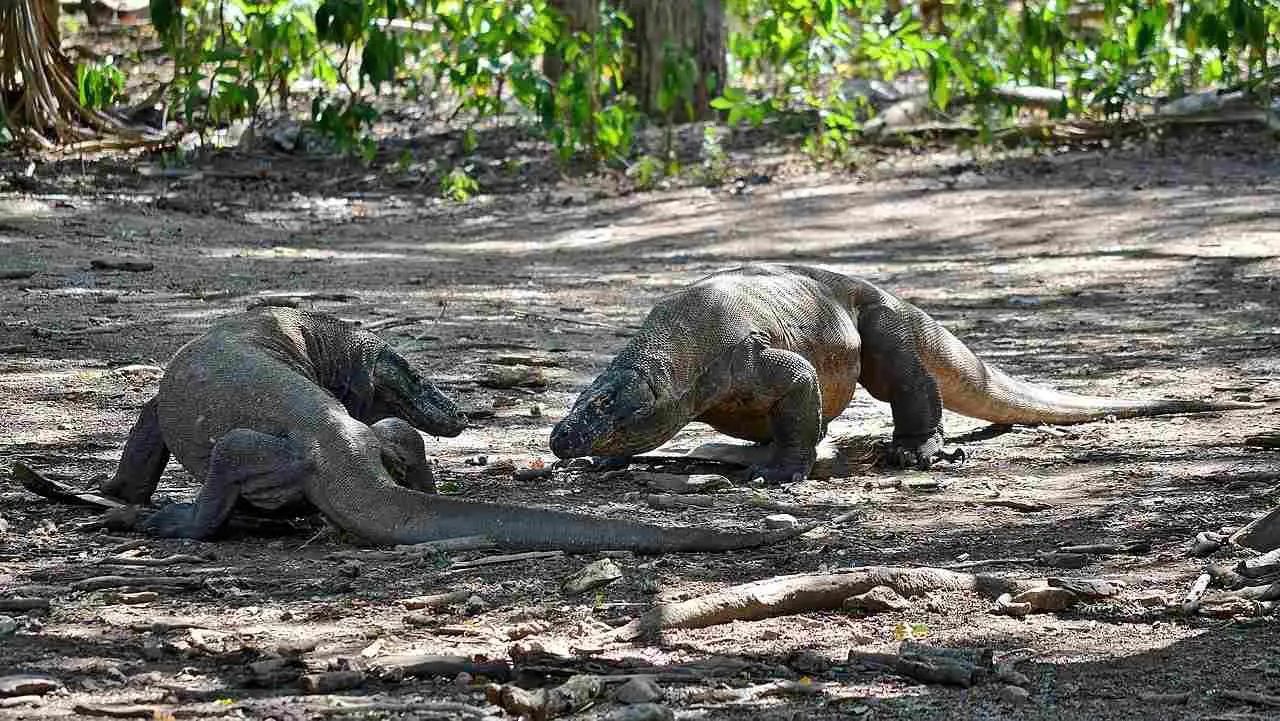
Alligator:
Solitary, except during mating season
Aggressive territorial behavior
Komodo Dragon:
Mostly solitary, occasional cooperative hunting
Aggressive interactions, especially during mating
Comparison: Both species are primarily solitary, but Komodo Dragons may exhibit limited cooperative hunting behaviors.
Ecological Implications: Solitary behaviors impact population density and territory dynamics within their respective habitats.
17. Mode of Reproduction:
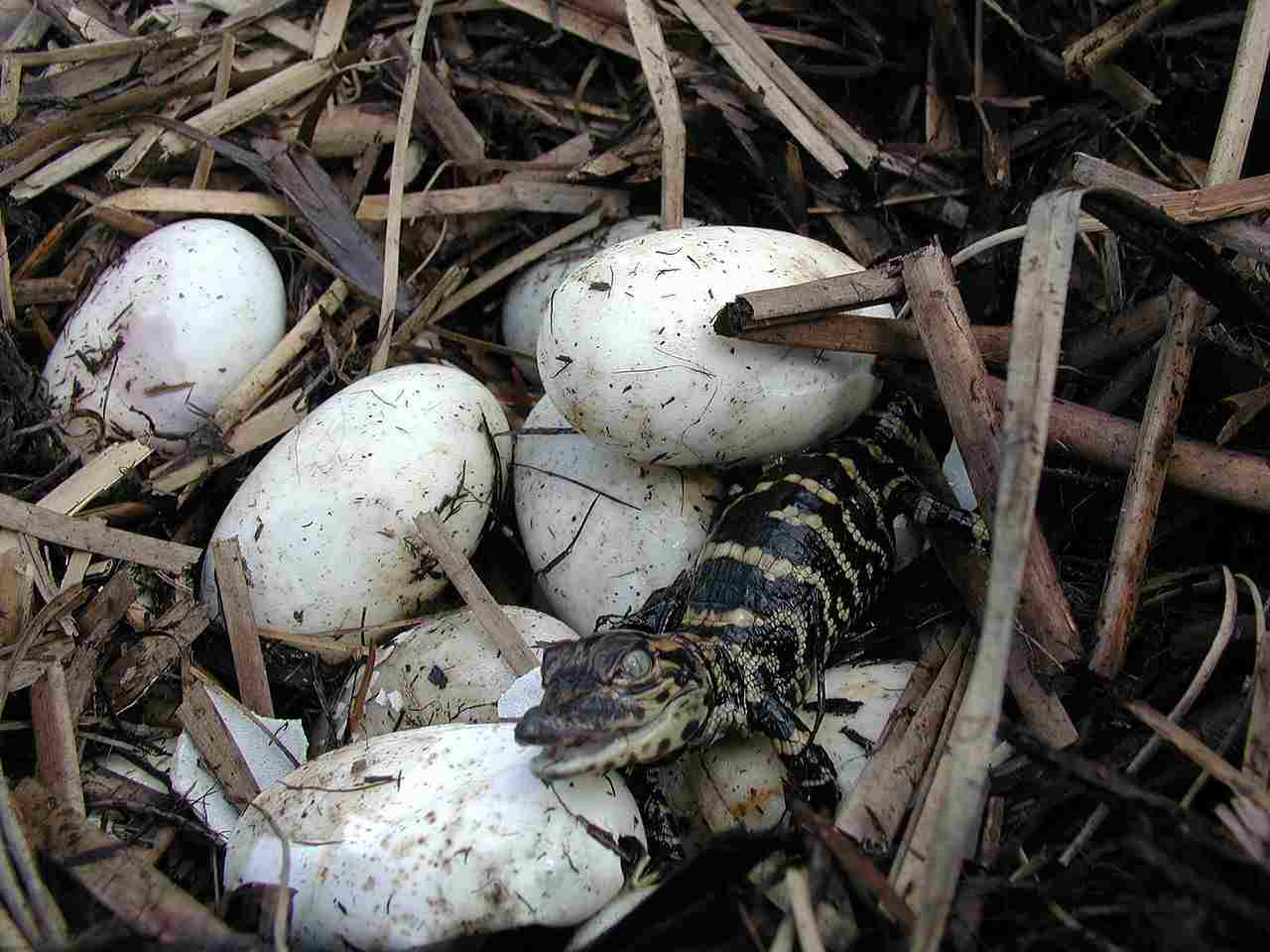
Alligator:
Oviparous (lays eggs)
Nest-building by females
Komodo Dragon:
Oviparous; females lay eggs in nests
Limited parental care
Comparison: Both species are oviparous, laying eggs, with females engaging in nest-building.
Ecological Implications: Reproductive strategies influence population dynamics, and nesting behaviors impact the survival of offspring in their environments.
18. Parental Behavior:
Alligator:
Female guards nest, provides protection
May assist hatchlings in reaching water
Komodo Dragon:
Limited parental care; female guards nest
Hatchlings are independent
Comparison: Alligators show more active parental involvement, including protecting and aiding hatchlings, compared to Komodo Dragons.
Ecological Implications: Parental behaviors influence the survival rates of offspring and contribute to the overall reproductive success of each species.
19. Proximity to Human-Inhabited Areas:
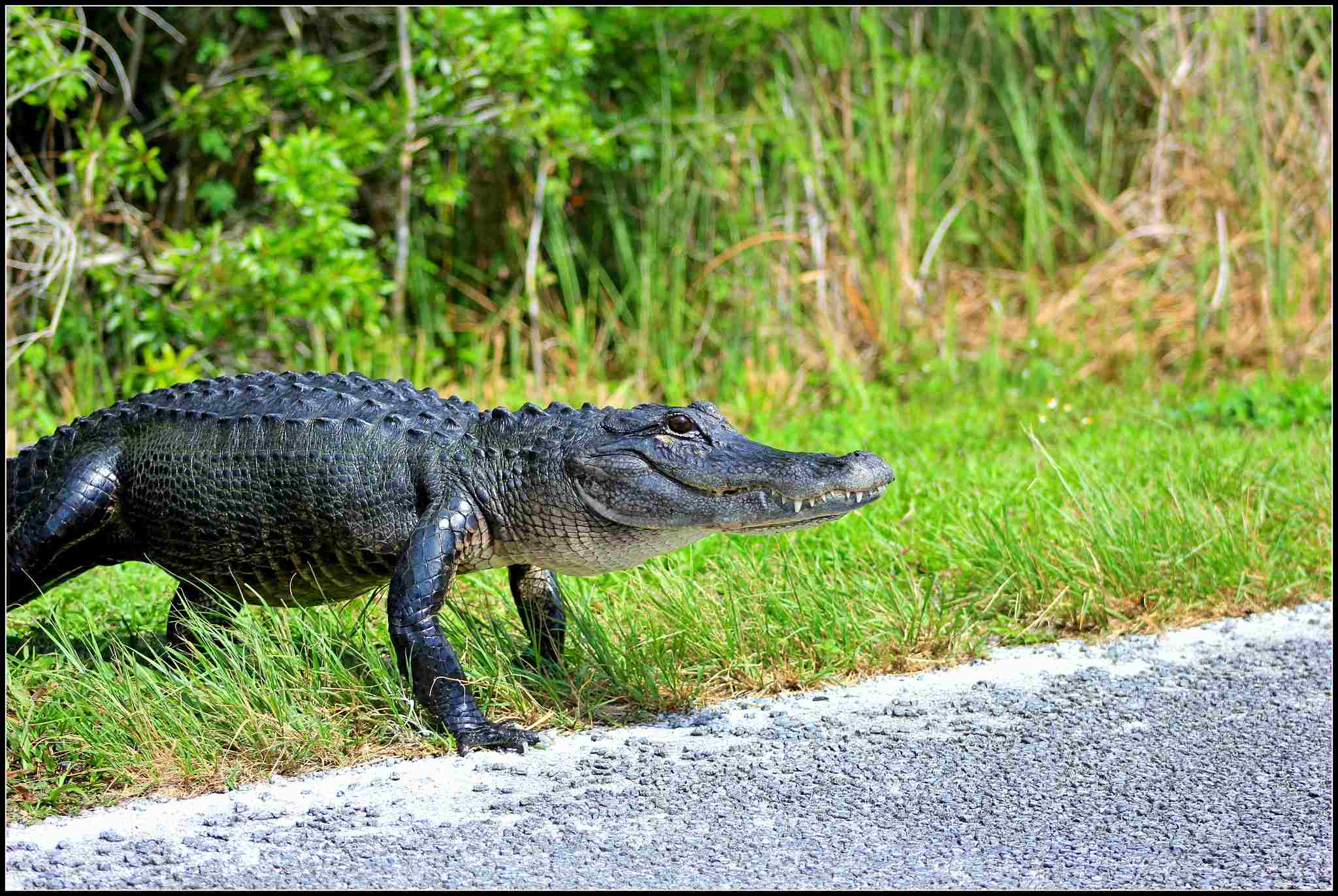
Alligator:
Can be found in water bodies near human settlements
Komodo Dragon:
Inhabits islands in Indonesia; occasional proximity to human settlements
Comparison: Alligators are more likely to inhabit areas close to human settlements, while Komodo Dragons are primarily found on specific islands.
Ecological Implications: Proximity to human-inhabited areas can lead to human-wildlife conflicts, affecting both species and local communities.
20. Behavior Toward Humans:
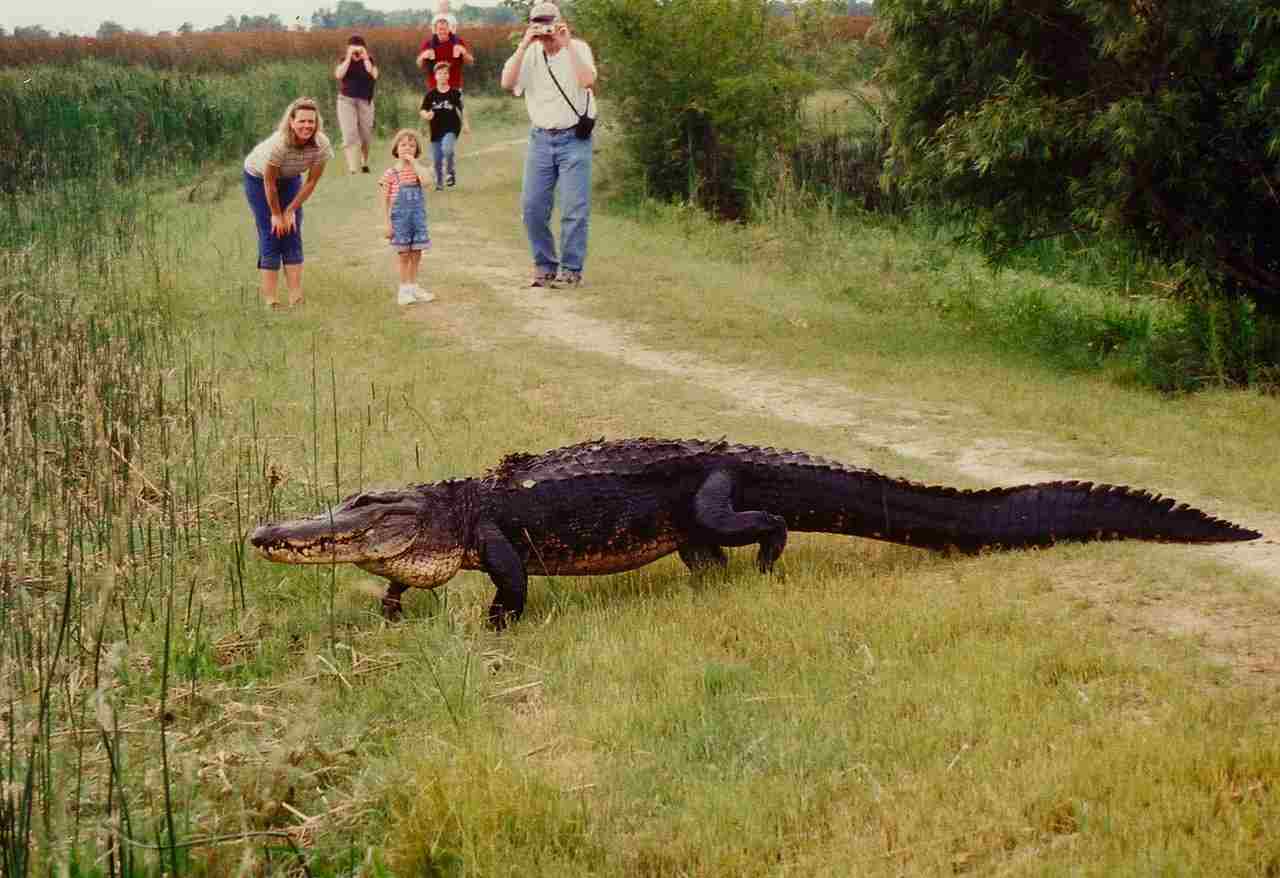
Alligator:
Generally avoids humans; can be aggressive if provoked
Komodo Dragon:
Generally avoids humans; may become aggressive if threatened
Comparison: Both species typically avoid humans but can display aggression if they feel threatened.
Ecological Implications: Human interactions with these species can impact their behavior and pose risks to both wildlife and humans.
21. Danger Posed to Humans:
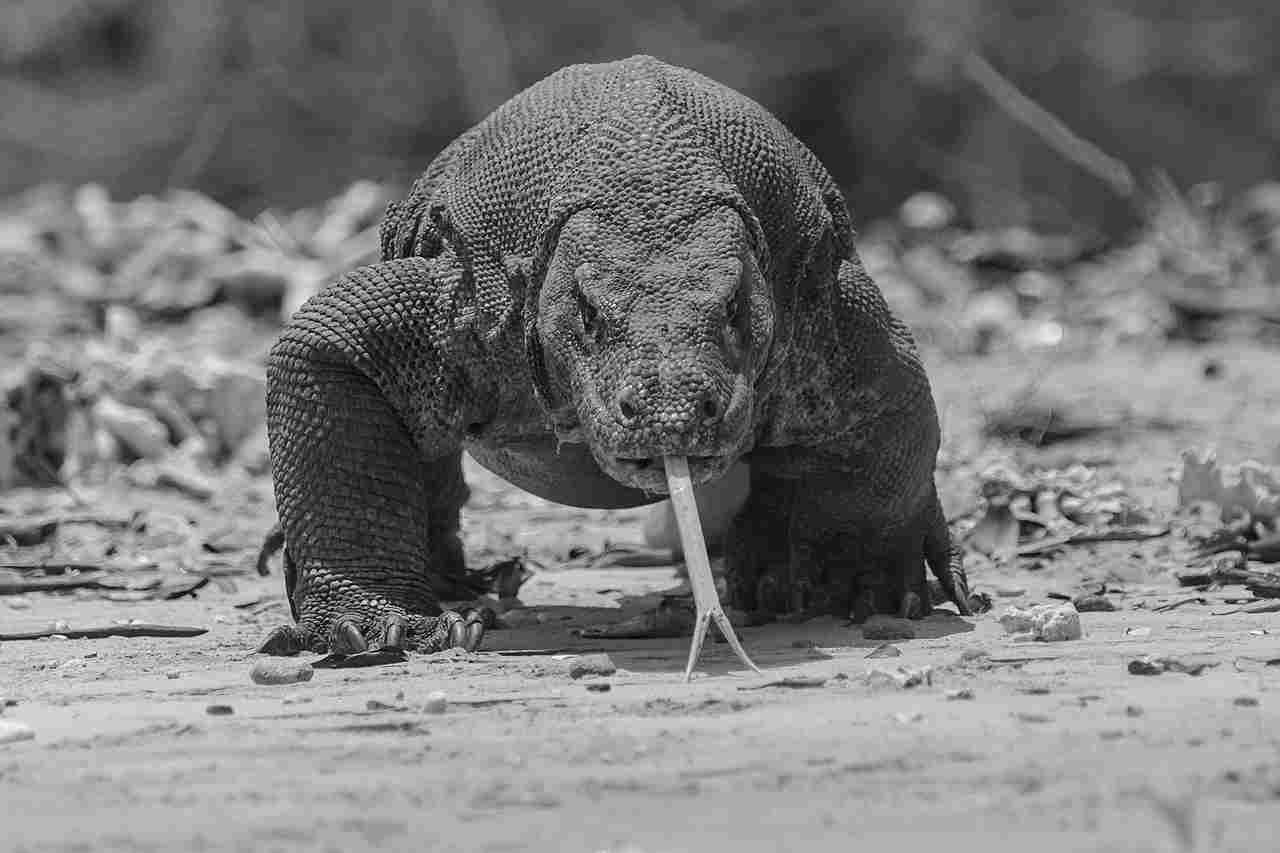
Alligator:
Rare attacks on humans; usually defensive in nature
Komodo Dragon:
Rare attacks; mostly defensive, but potentially lethal
Comparison: Both alligators and Komodo Dragons pose a rare danger to humans, with attacks often occurring in self-defense.
Ecological Implications: Understanding the potential danger helps in developing conservation and safety measures to minimize human-wildlife conflicts.
22. Associated Precautions:
Alligator:
Avoid approaching or provoking alligators in the wild
Follow local guidelines for living in alligator-inhabited areas
Komodo Dragon:
Maintain a safe distance when encountering Komodo Dragons
Adhere to guidelines for visiting areas with these reptiles
Comparison: Similar precautions involve maintaining a safe distance and respecting the natural behaviors of both species.
Ecological Implications: Implementing precautions ensures the safety of both humans and the wildlife, contributing to coexistence and conservation efforts.
23. Conservation Status:
Alligator:
American alligator: Least Concern
Chinese alligator: Endangered
Komodo Dragon:
Vulnerable
Comparison: While the American alligator is considered of Least Concern, the Chinese alligator and Komodo Dragon face higher conservation concerns.
Ecological Implications: Conservation status reflects the impact of human activities and environmental changes on these species, influencing conservation efforts.
Summary of Comparison
Taxonomy:
Alligator: Order Crocodylia, Family Alligatoridae
Komodo Dragon: Order Squamata, Family Varanidae
Appearance:
Alligator: Broad, rounded snout, visible teeth, armored skin
Komodo Dragon: Elongated snout, serrated teeth, rough, scaly skin
Size:
Alligator: 9 to 15 feet
Komodo Dragon: Up to 10 feet
Weight:
Alligator: 800 to 1,000 pounds
Komodo Dragon: Up to 200 pounds
Bite Force (PSI):
Alligator: Around 2,125 PSI
Komodo Dragon: Approximately 600 PSI
Physical Offensive Advantages:
Alligator: Powerful jaws, ambush strategy
Komodo Dragon: Agile movements, venomous bite
Physical Defensive Advantages:
Alligator: Armored skin, water retreat
Komodo Dragon: Claws, agility, climbing
Speed:
Alligator: Up to 20 mph (land and water)
Komodo Dragon: Approximately 12 mph
Agility:
Alligator: Moderate, especially in water
Komodo Dragon: High agility on land
Overall Physical Capacity:
Alligator: Aquatic adaptation, strong bite
Komodo Dragon: Terrestrial versatility, agility, venom
Habitat Preference(s):
Alligator: Freshwater habitats
Komodo Dragon: Tropical forests, savannas
Tracks:
Alligator: Webbed footprints
Komodo Dragon: Clawed tracks like other monitor lizards
Lifespan:
Alligator: 30 to 50 years
Komodo Dragon: 20 to 30 years
Mode of Feeding:
Alligator: Ambush predator
Komodo Dragon: Active hunter, venomous bite
Intelligence:
Alligator: Basic problem-solving
Komodo Dragon: Complex problem-solving
Social Behavior:
Both primarily solitary, occasional cooperation in Komodo Dragons
Mode of Reproduction:
Both oviparous, females engage in nest-building
Parental Behavior:
Alligator: Female guards nest, assists hatchlings
Komodo Dragon: Limited parental care
Proximity to Human-Inhabited Areas:
Alligator: Can be near human settlements
Komodo Dragon: Primarily on specific islands
Behavior Toward Humans:
Both generally avoid humans, may become aggressive if threatened
Danger Posed to Humans:
Rare attacks from both, often defensive in nature
Associated Precautions:
Similar precautions for both species
Conservation Status:
American alligator: Least Concern
Chinese alligator: Endangered
Komodo Dragon: Vulnerable
Conclusion
I. Similarities:
Both are reptiles with evolutionary adaptations for survival.
Oviparous reproduction with females exhibiting nesting behaviors.
II. Differences:
Varied habitats: alligators in freshwater environments, Komodo Dragons in tropical landscapes.
Parental involvement: Alligators show more active parental care than Komodo Dragons.
Conservation status: American alligator is of Least Concern, while the Chinese alligator and Komodo Dragon face conservation challenges.

